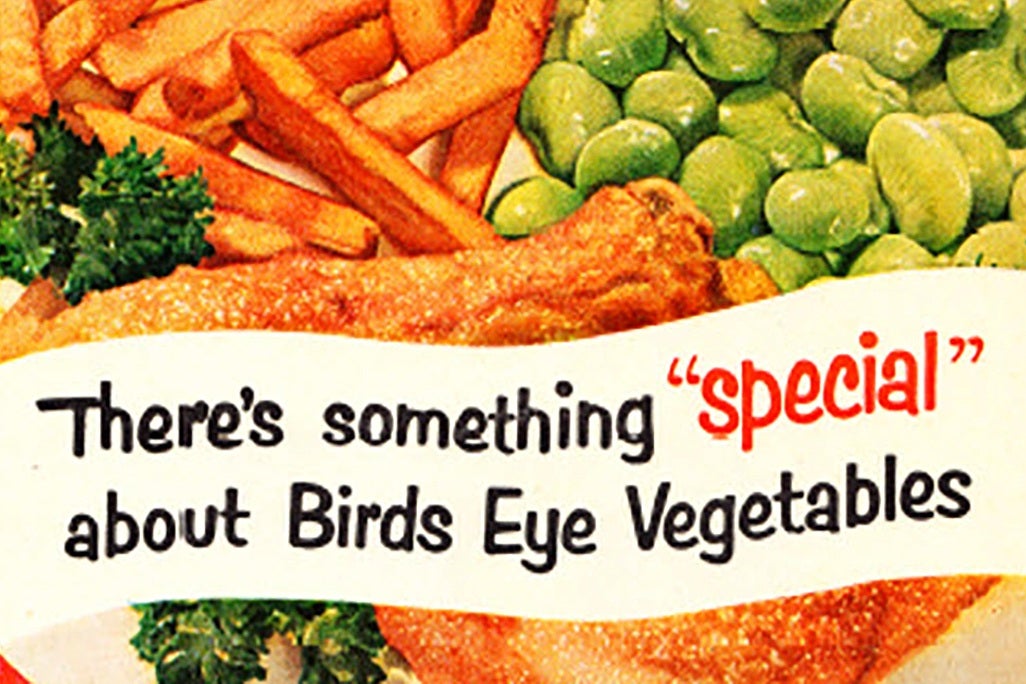Meal kits, currently a niche product sold by startups like Blue Apron, could be hitting the bigtime, with big-name food companies like Tyson and Campbell Soup now entering the market. If that signals a change in the way Americans cook and eat, it’s nothing compared with the way frozen food disrupted meals in the mid-twentieth century, as Shane Hamilton explained in a 2003 paper.
The story of frozen foods starts with the familiar Birds Eye brand. Back in the 1920s, Hamilton writes, Clarence Birdseye figured out a quick-freeze method to preserve seafood, vegetables, and fruit on an industrial scale. But until the late 1940s, Birds Eye and its competitors sold frozen foods only to a limited set of high-end consumers. In 1946, Fortune magazine reported that consumers were buying more tons of pickles and sauerkraut than of all frozen foods combined.
That changed fast. In the 1940s, railcar and truck trailer makers constructed mechanically refrigerated transportation, replacing unreliable dry ice. After the end of World War II, demand rose too, thanks to growing family incomes and increasing workforce participation by women.
Hamilton writes that, in the late 40s, Birds Eye was still selling frozen food as a luxury good: A 1949 Life magazine ad, featuring a woman in elegant satin, declared the company’s frozen spinach “grander than the grandest spinach.” But new, smaller operators began taking a different tack. Quality Frozen of San Francisco sold frozen “B grade” food in plain red-and-white packaging with the low price marked in large type. Big companies fought back with advertising campaigns promising healthy, cheap, and easy food. By 1951, Birds Eye was selling its spinach as “oh, so easy on Mom—and her pocketbook.”
Transporting frozen food also became more reliable and safer in the 1950s, thanks largely to collaboration between the industry and government regulators to develop and enforce standards for handling frozen goods.
The market for frozen food grew fast. Minute Maid was a particular success story. Using a new method of freezing concentrated orange juice that the US Department of Agriculture had invented, it went from $3 million in sales in 1948 to $29 million three years later.
And yet, Hamilton writes, for years the industry assumed its customers were white, middle-class, stay-at-home mothers. Only when companies began doing market research in the mid-50s did they realize they had a much wider customer base. For instance, many working-class black families who lived in Harlem apartments without freezers bought frozen foods on a daily basis, cooking them immediately.
Weekly Newsletter
By the 1960s, companies were targeting specific demographics, including Jews, African-Americans, teenagers, and working women. They also returned to the luxury market, selling vegetables packaged with fancy sauces and whole pre-cooked meals.
Today, of course, those kinds of packaged meals are just what many customers are trying to avoid by buying meal kits that let them cook quick meals “from scratch.” And big food companies are hoping that will mean another new market for them.







